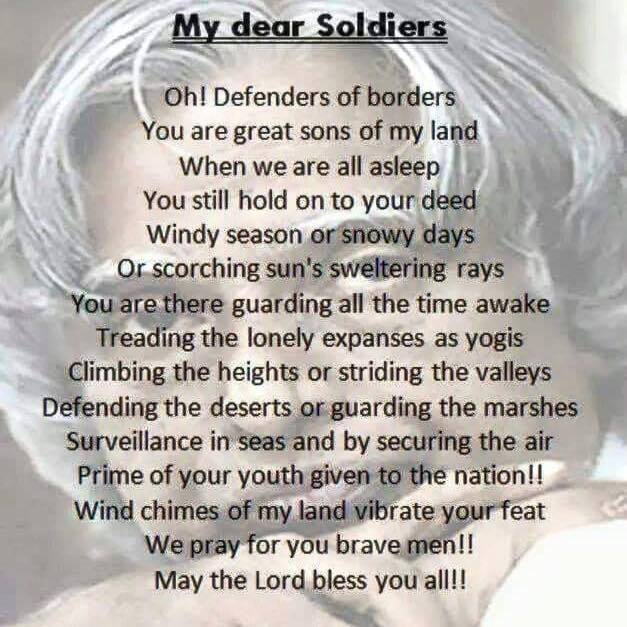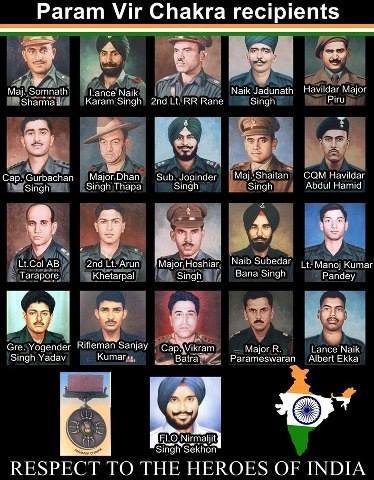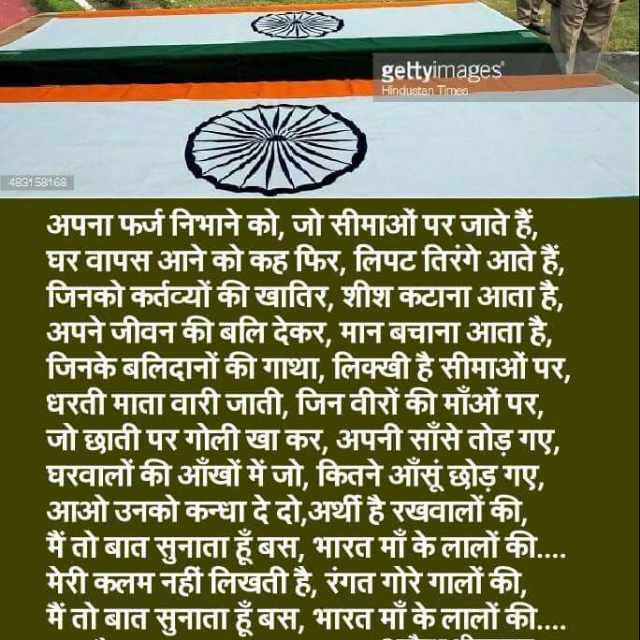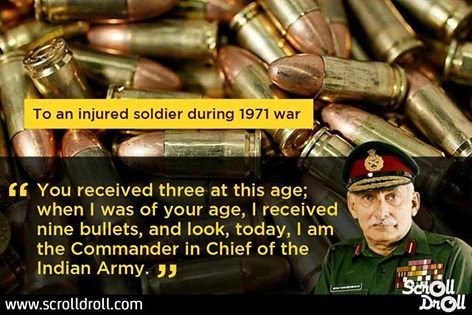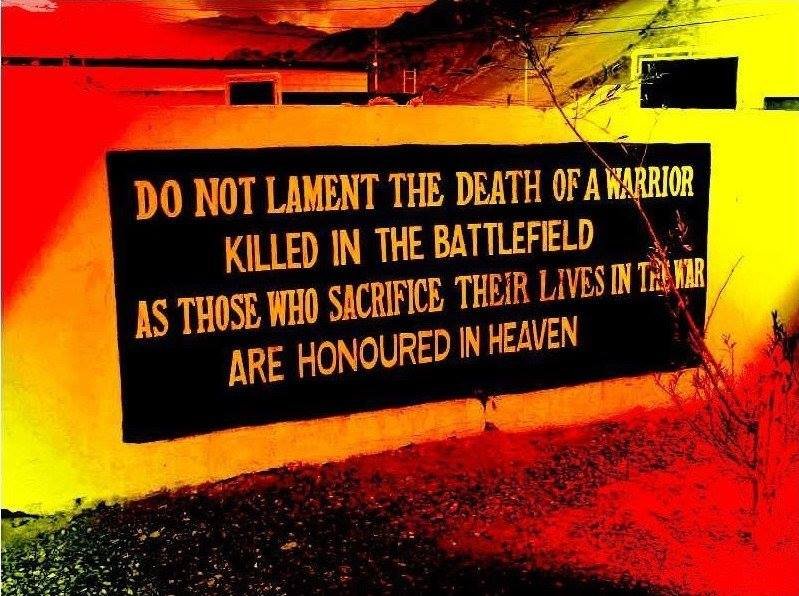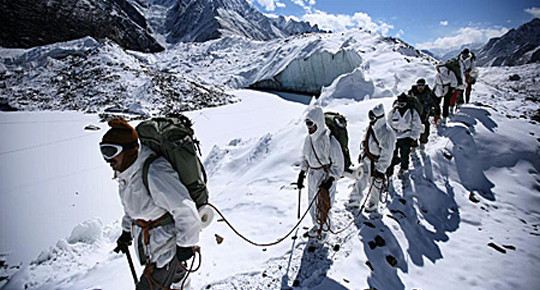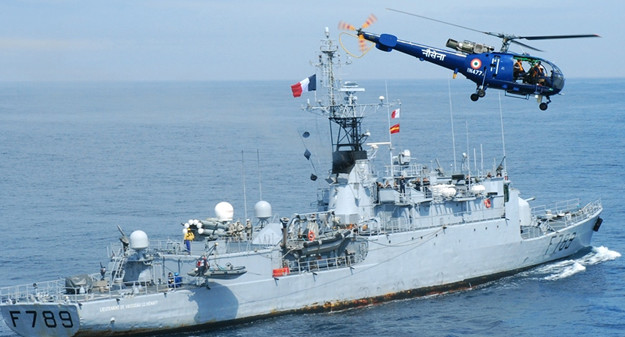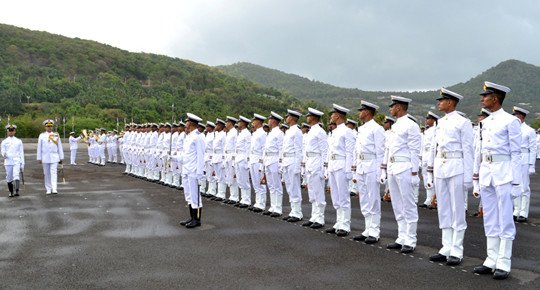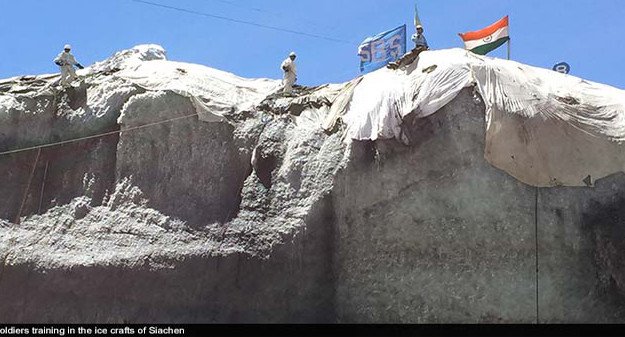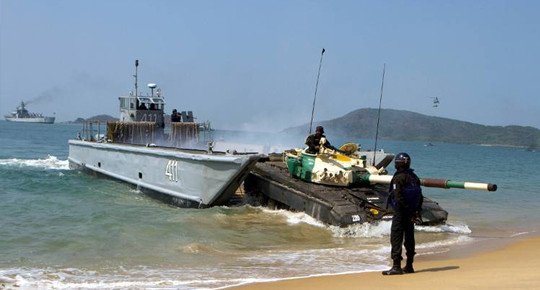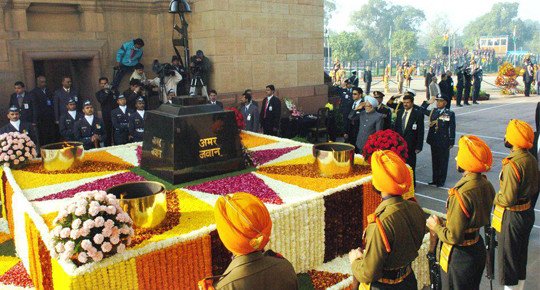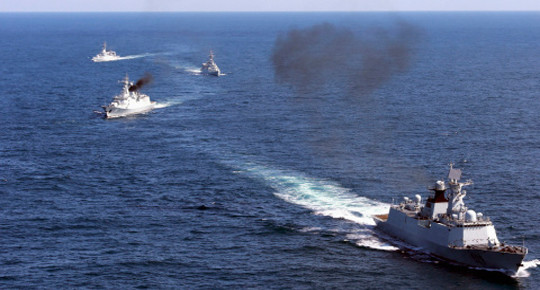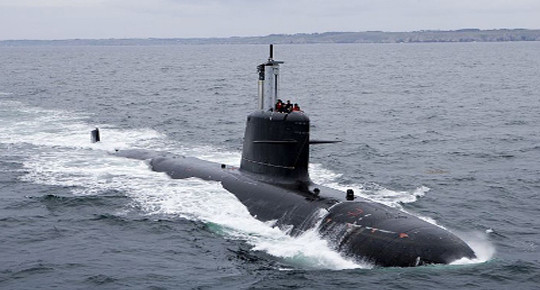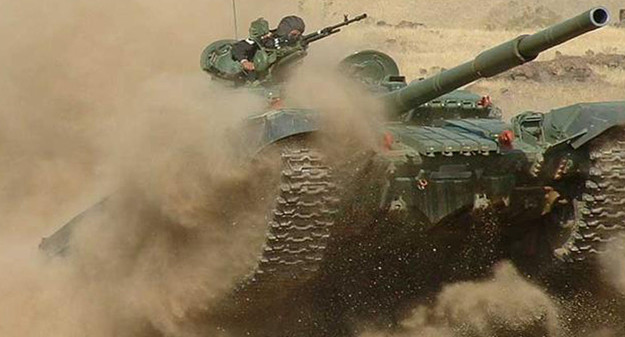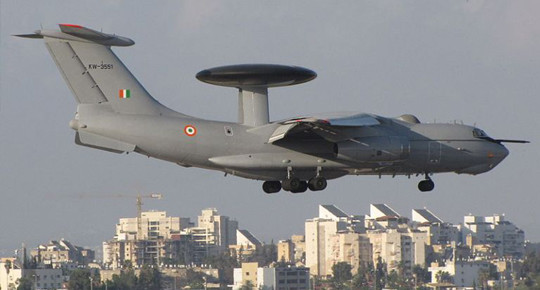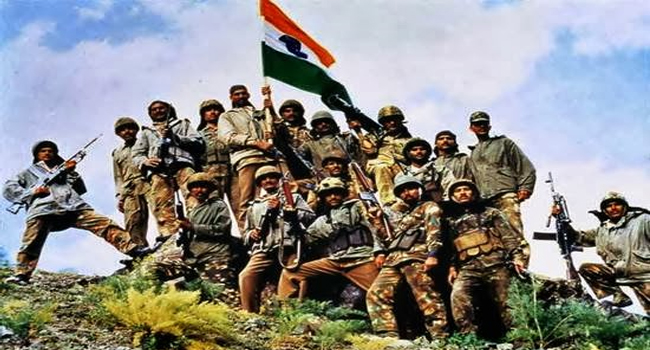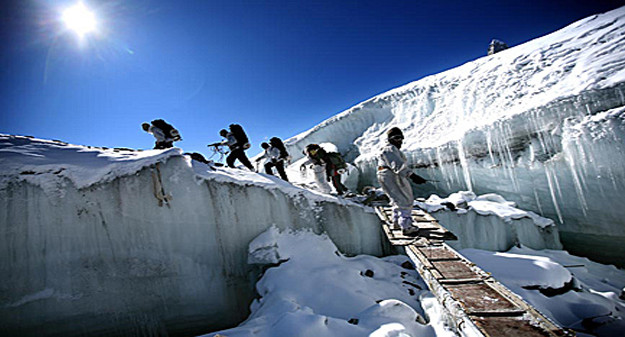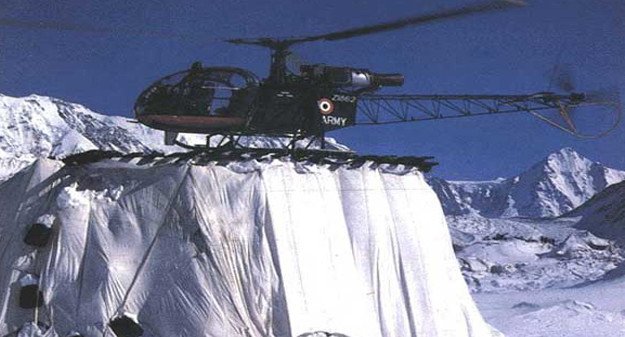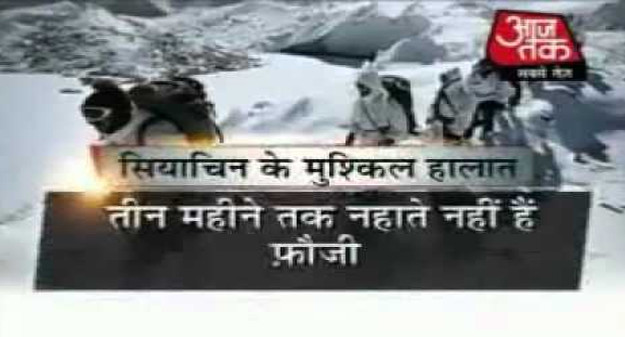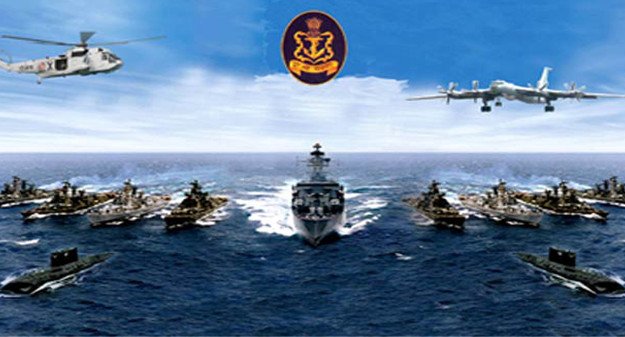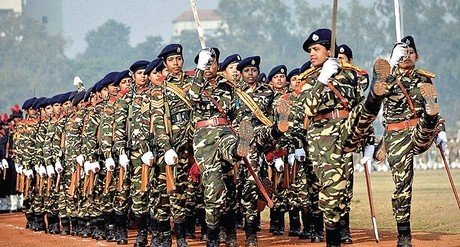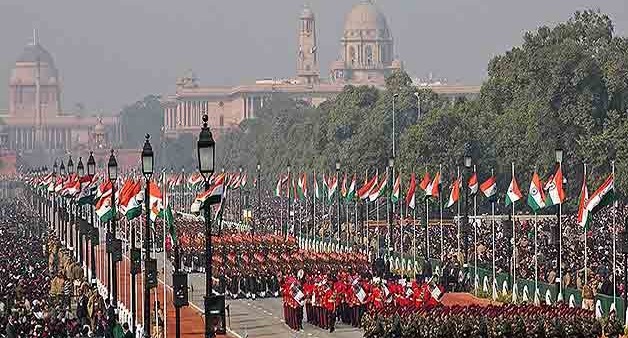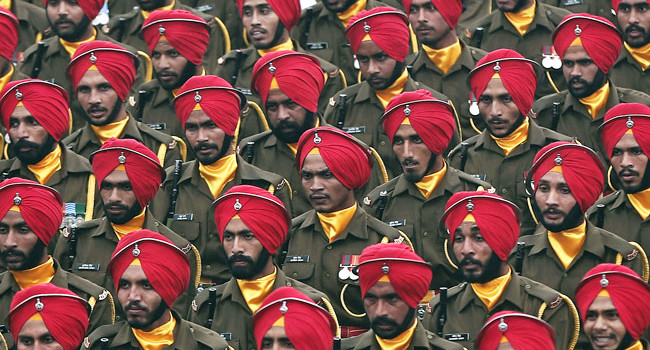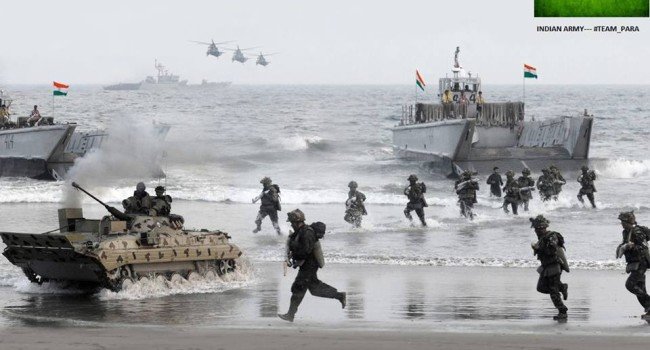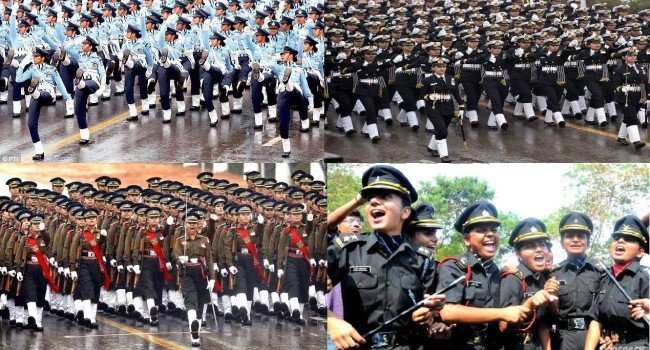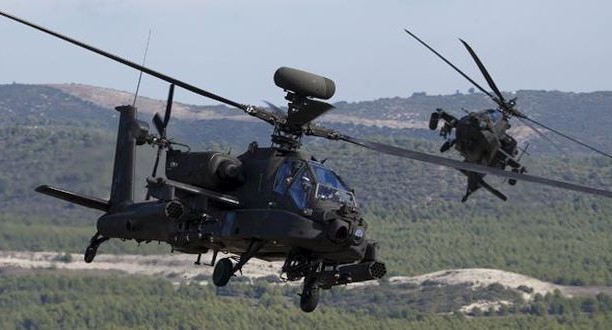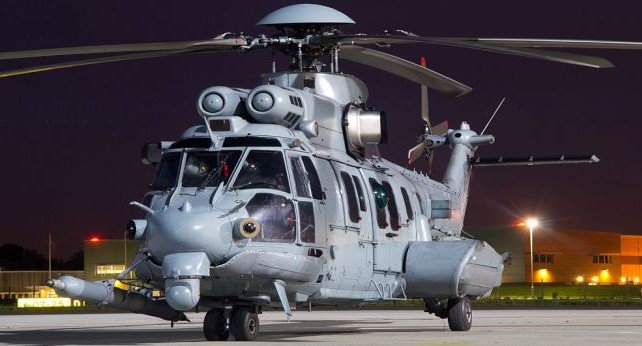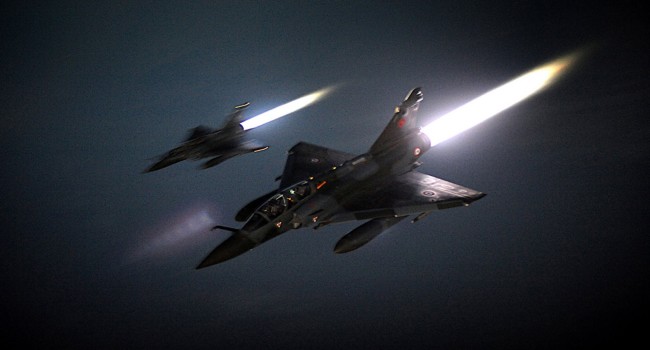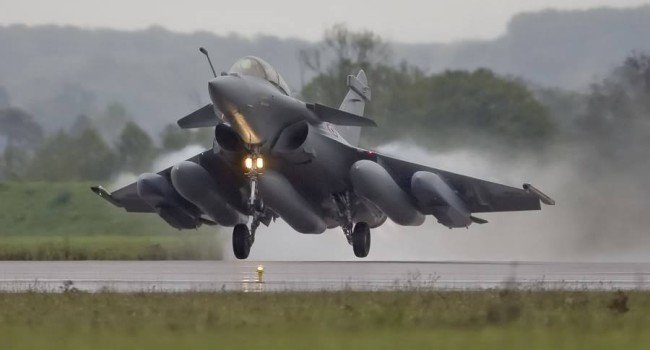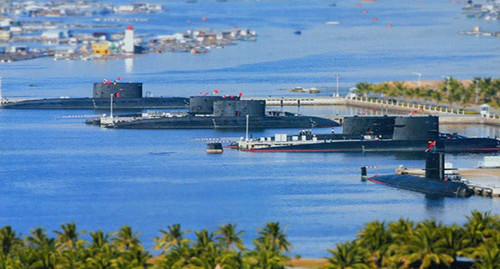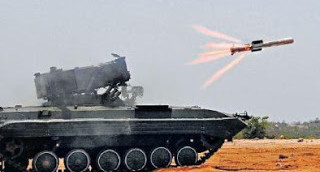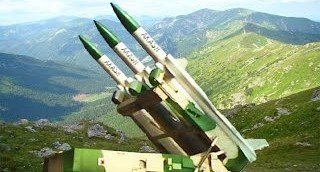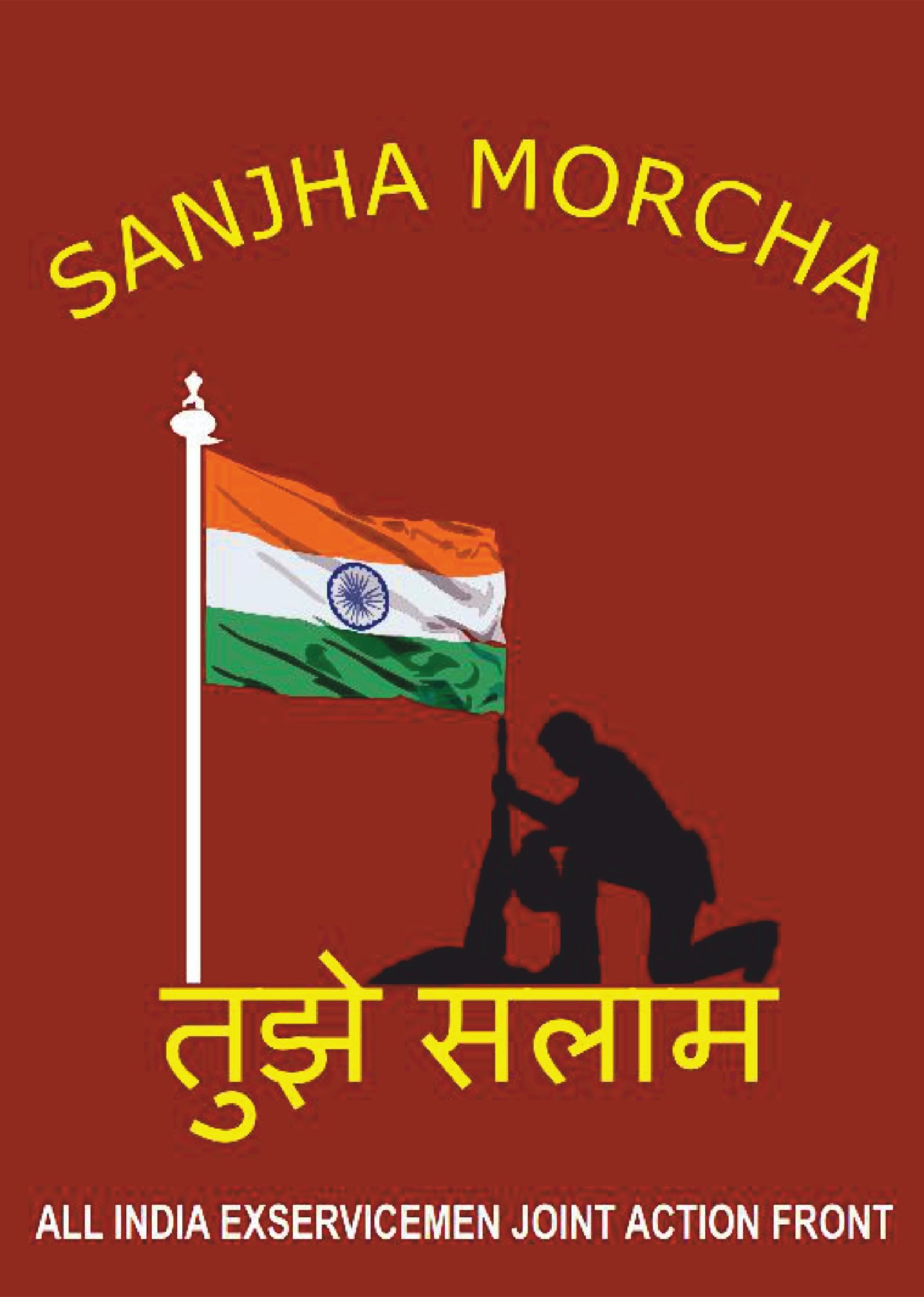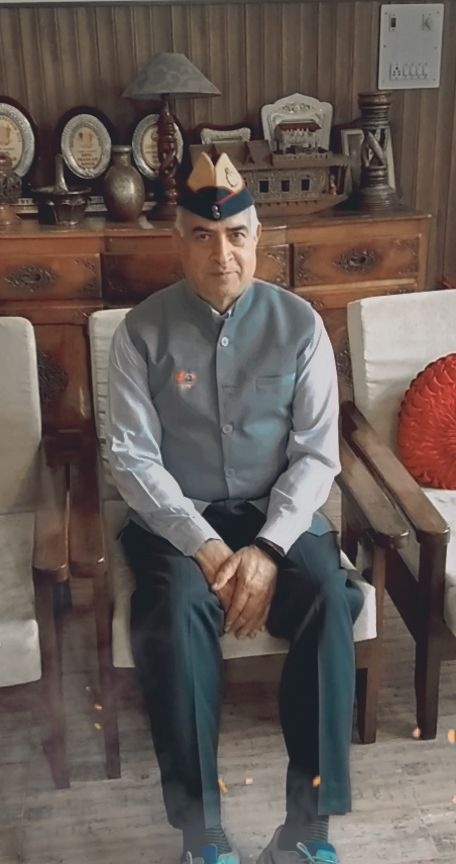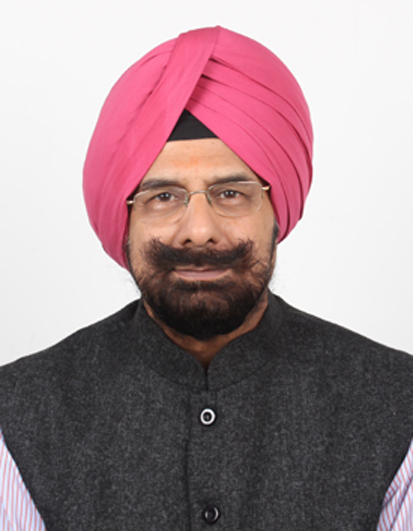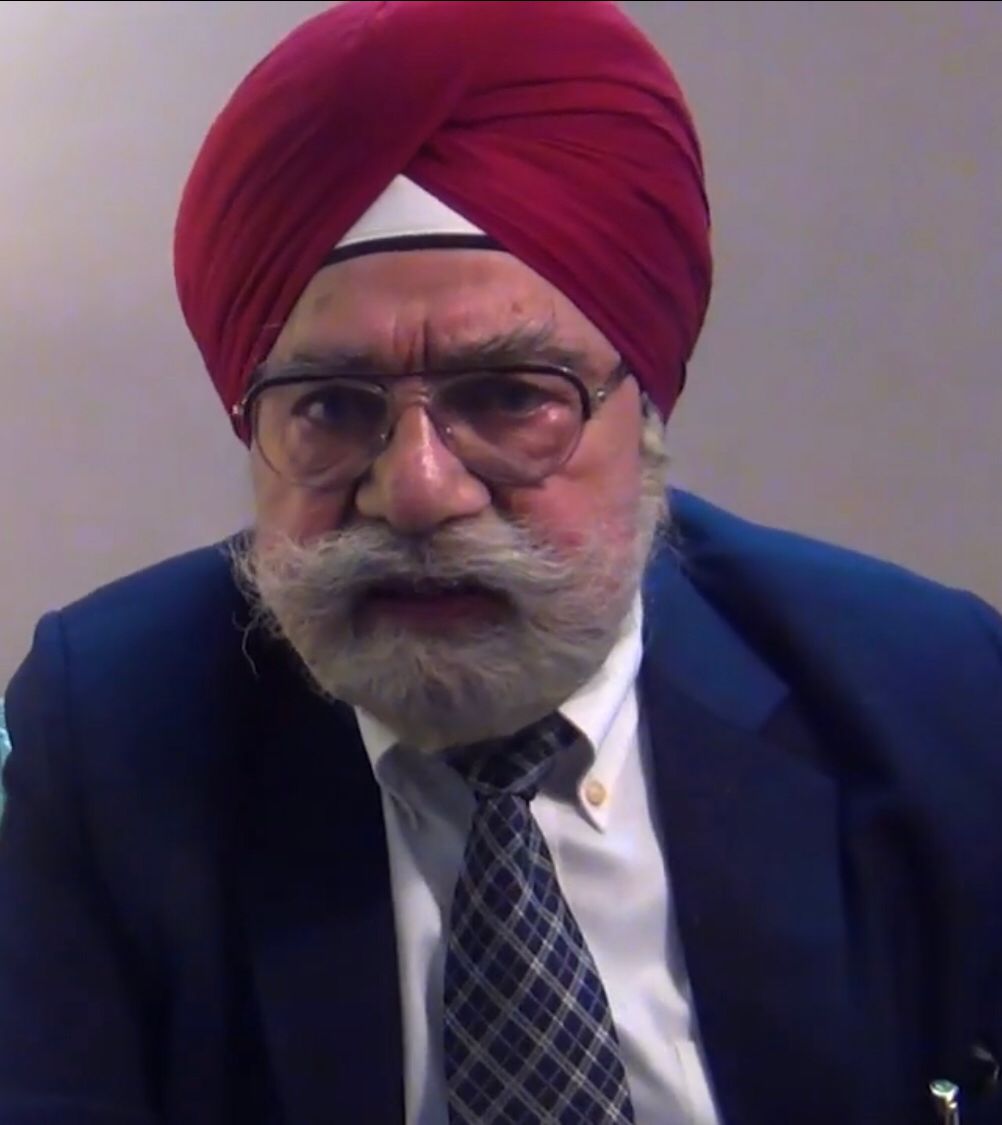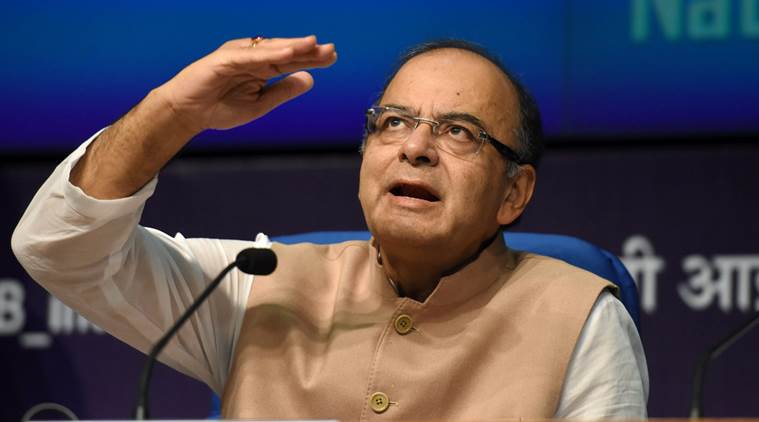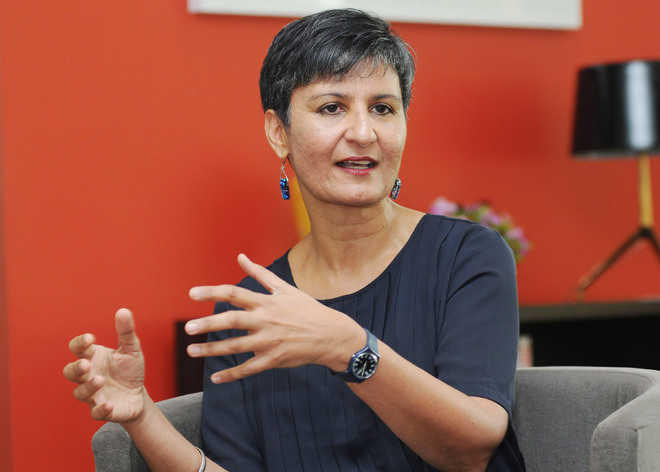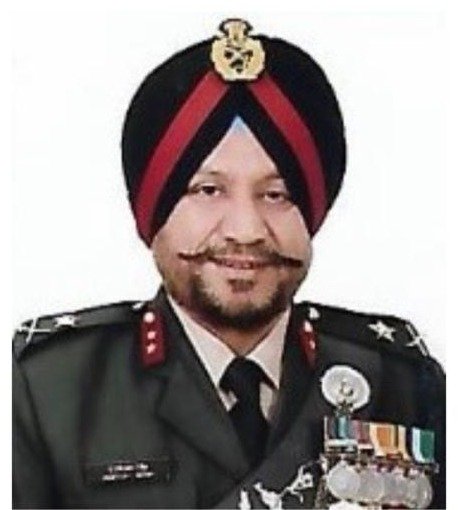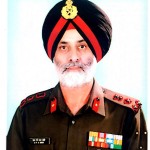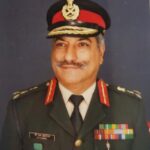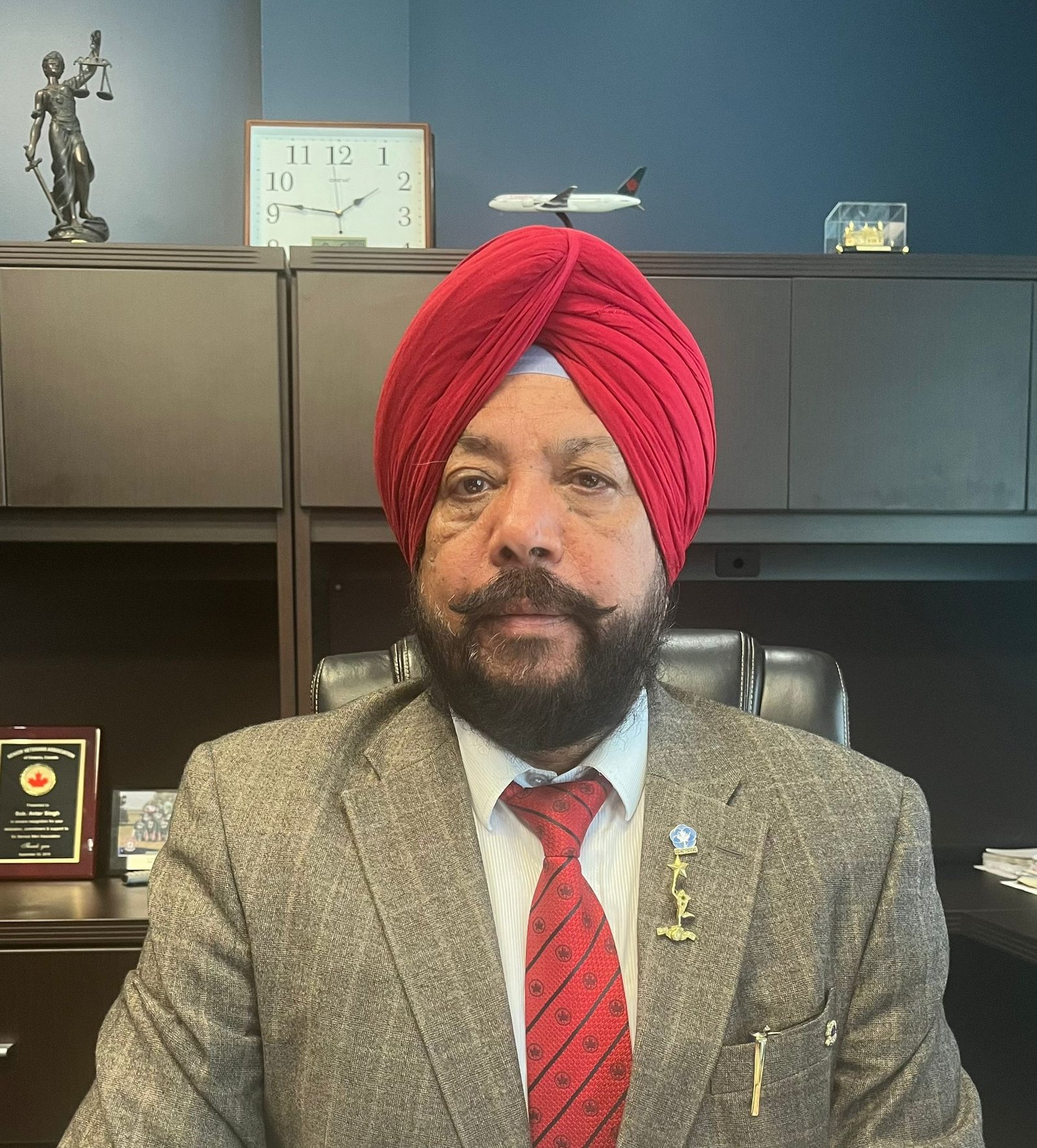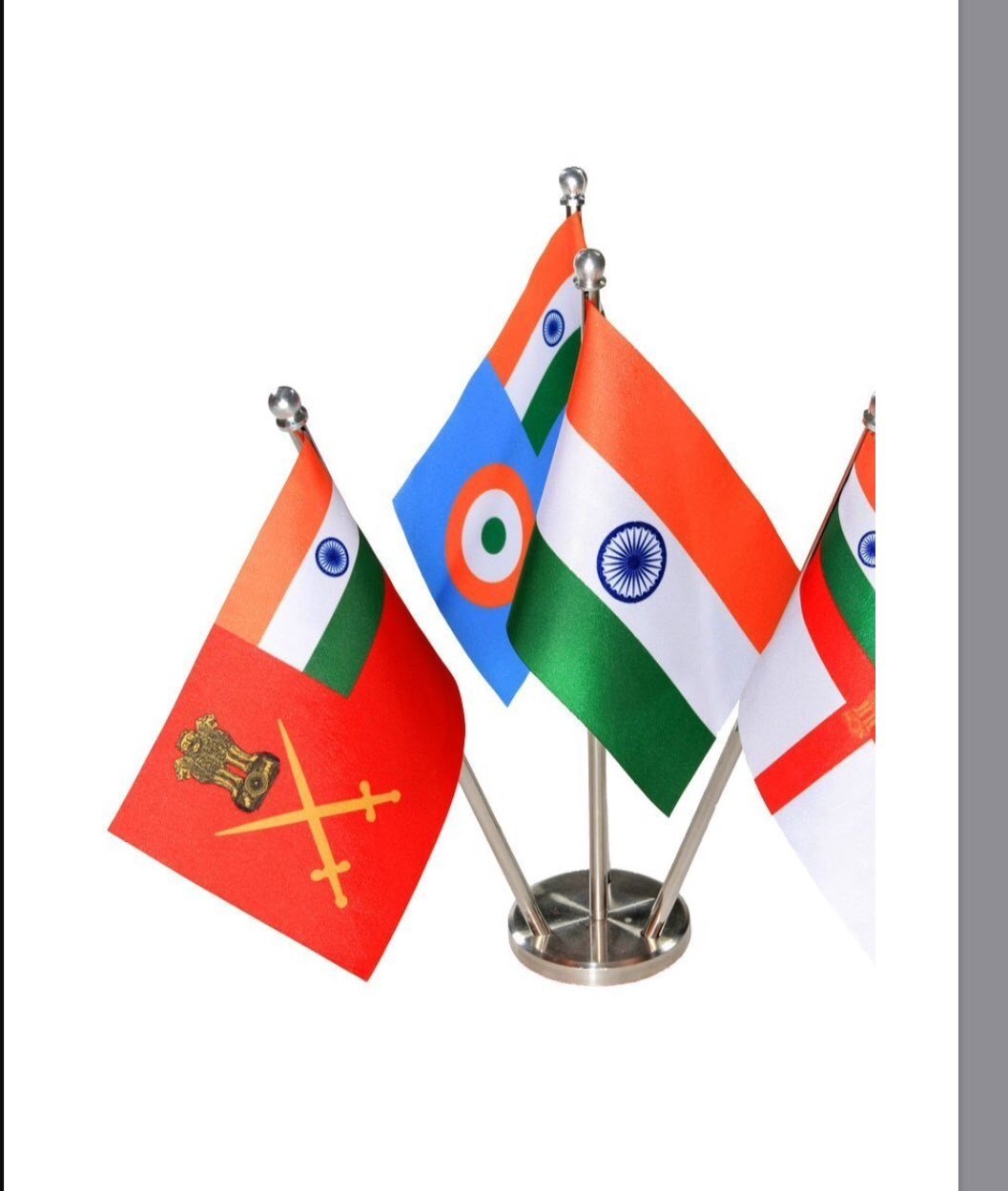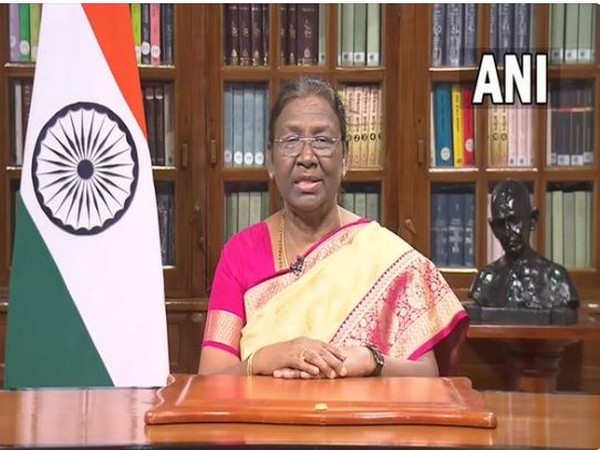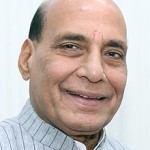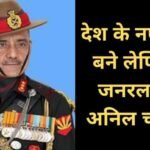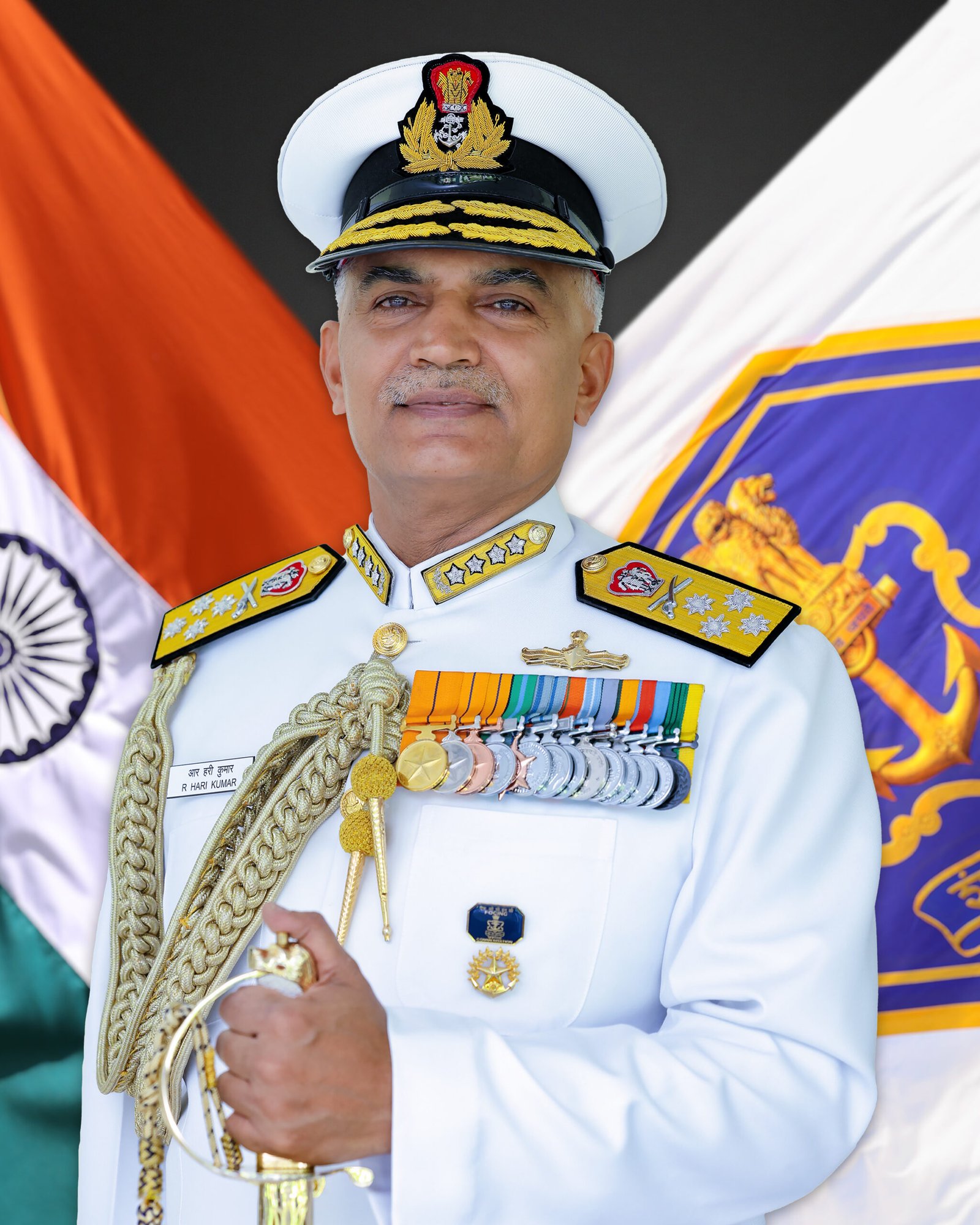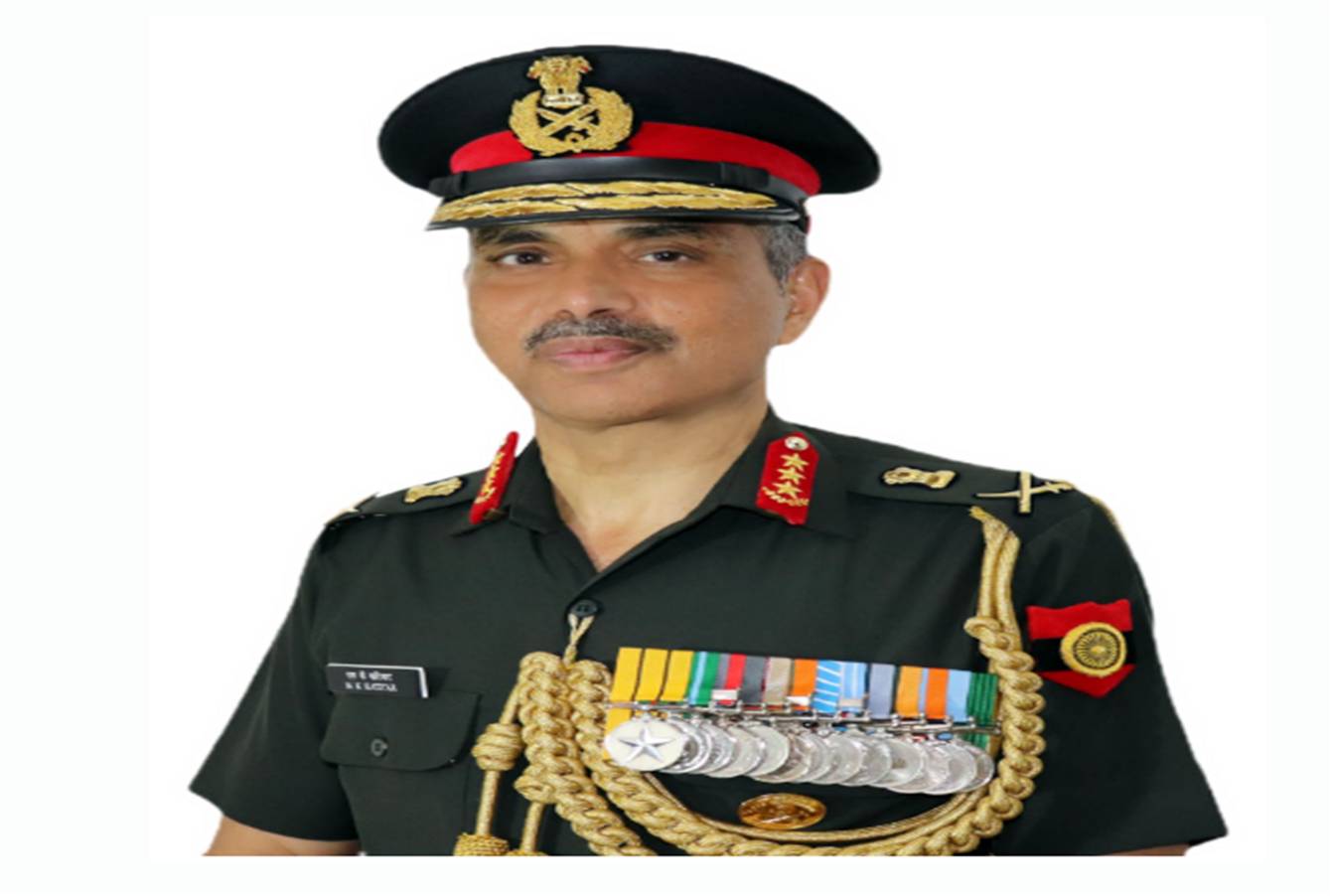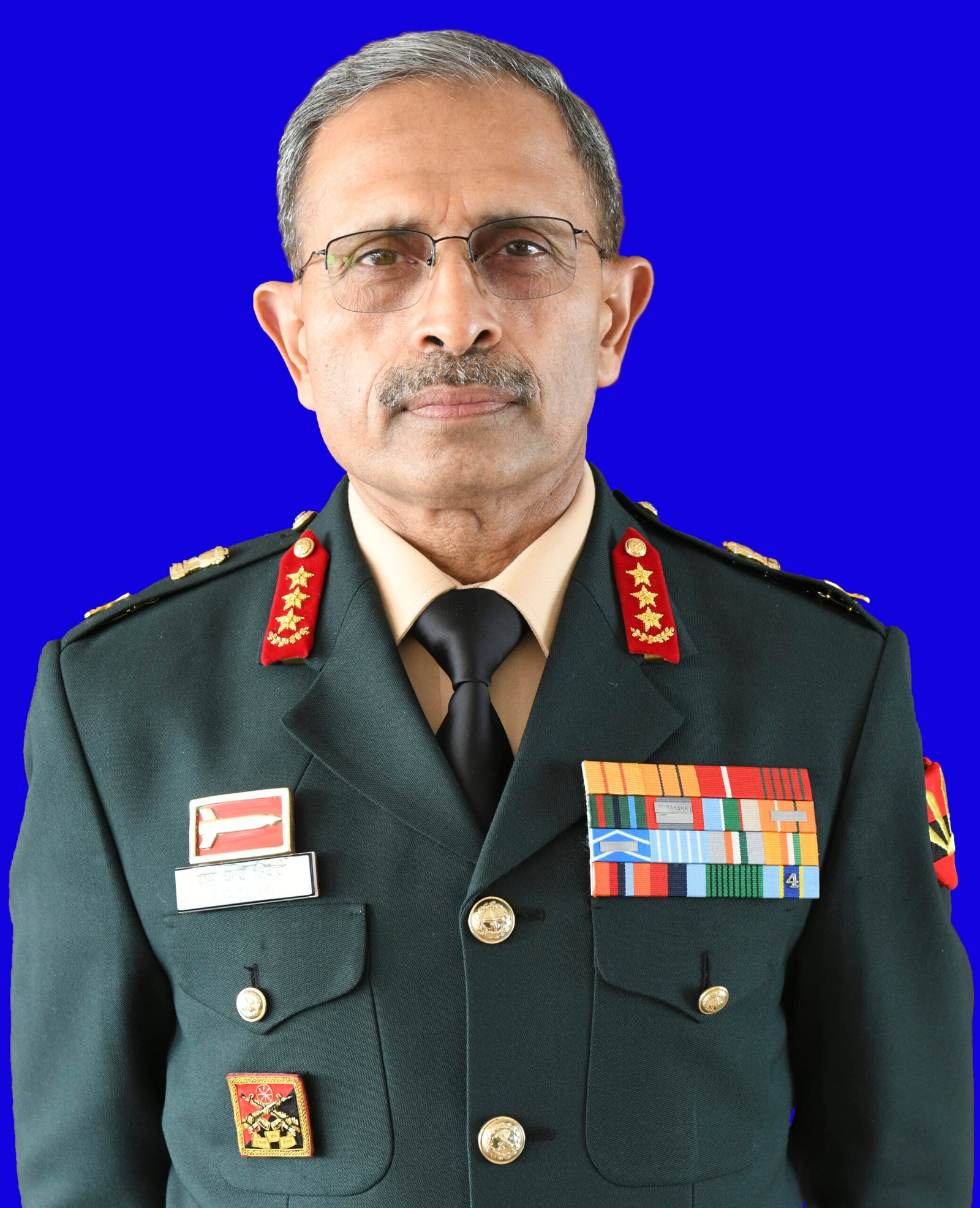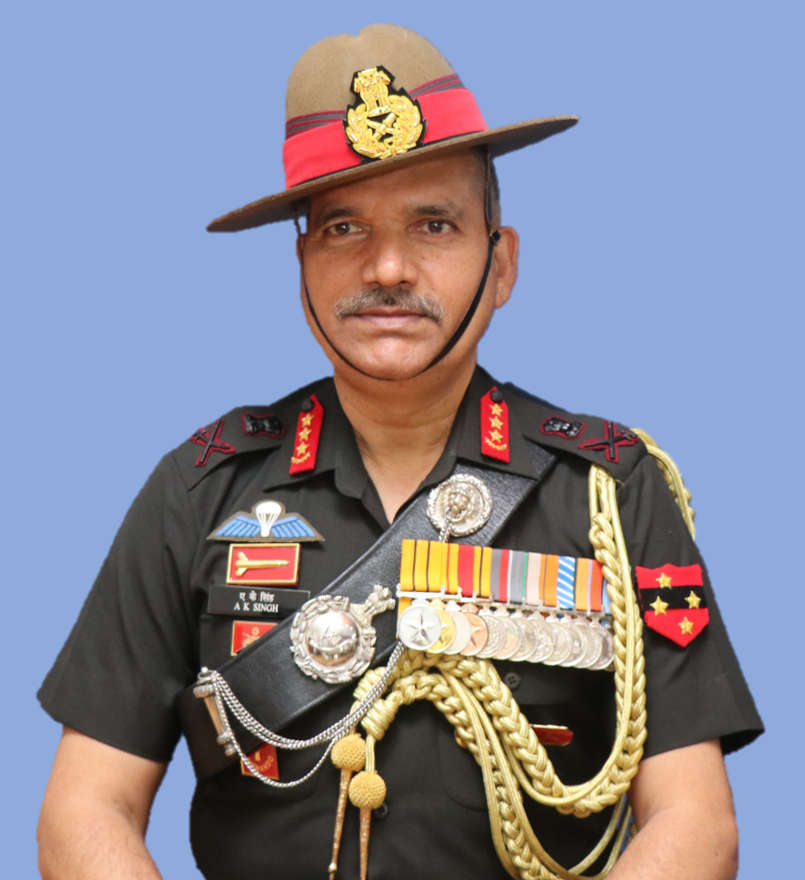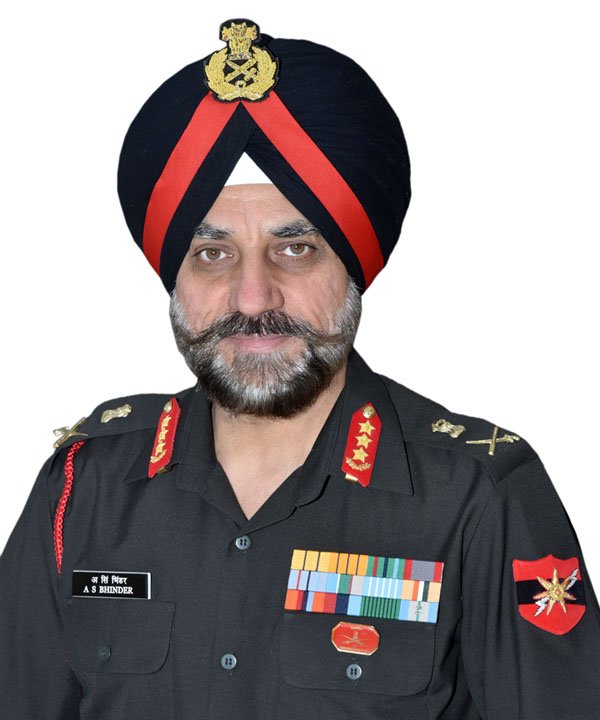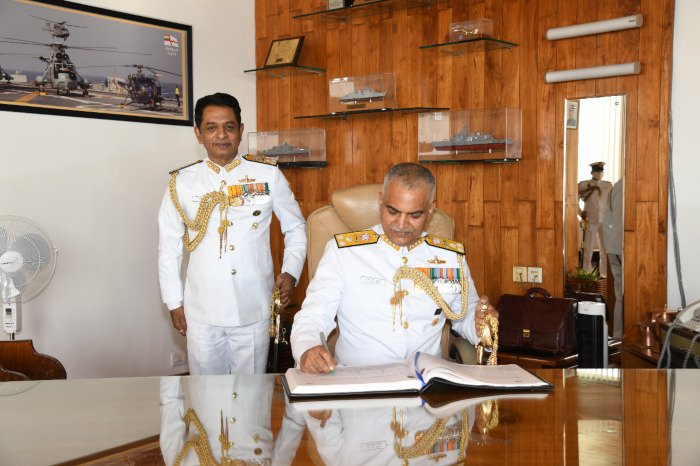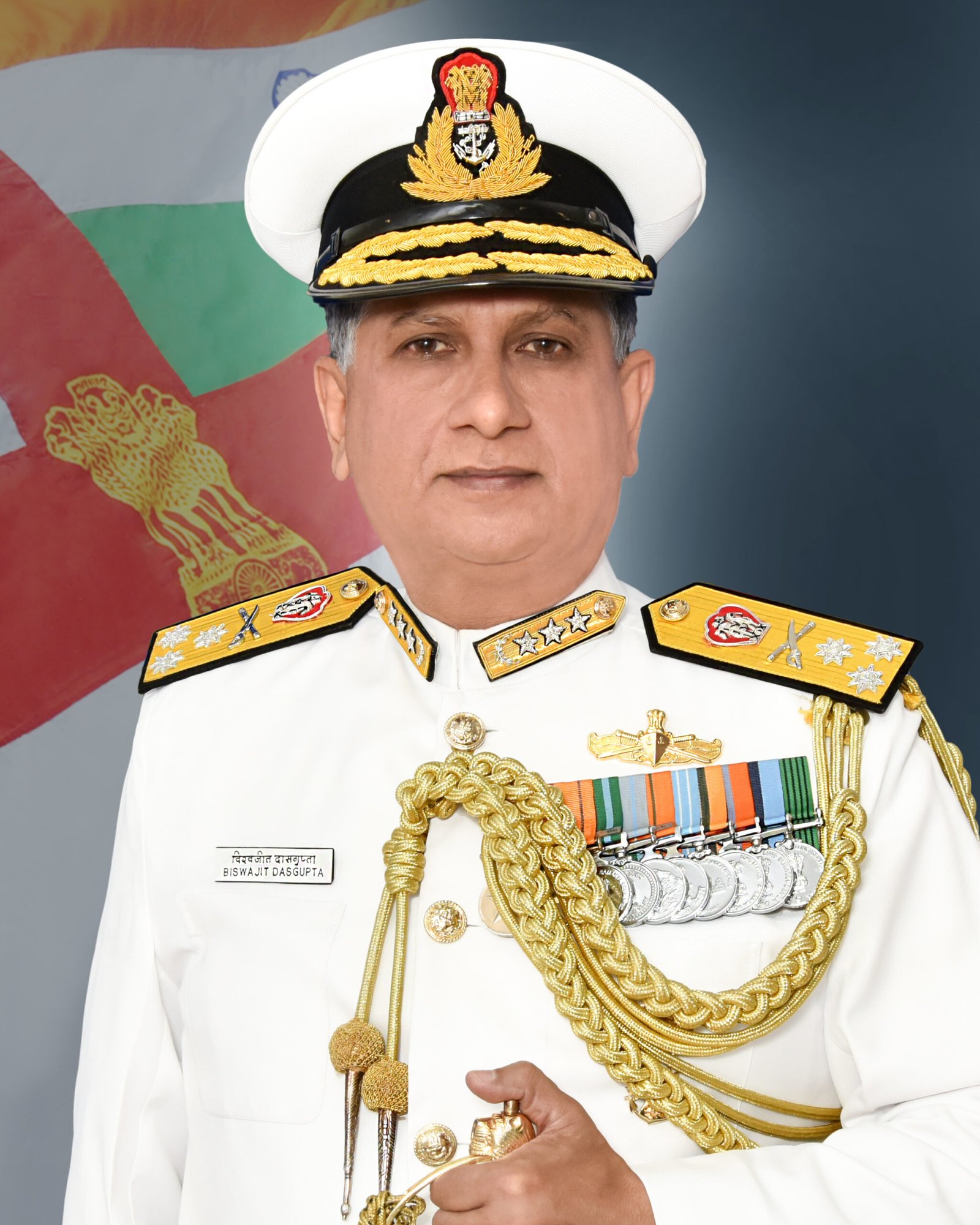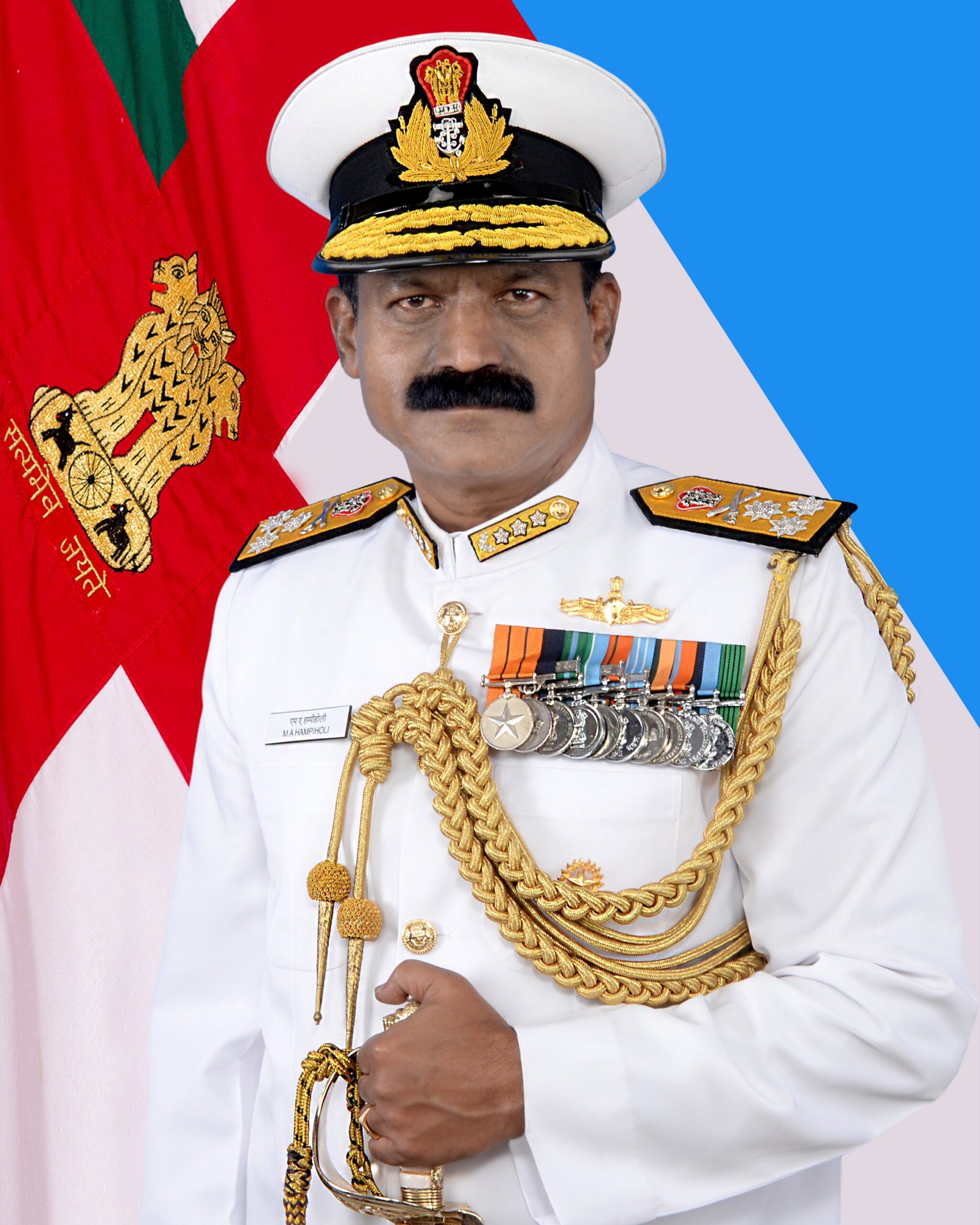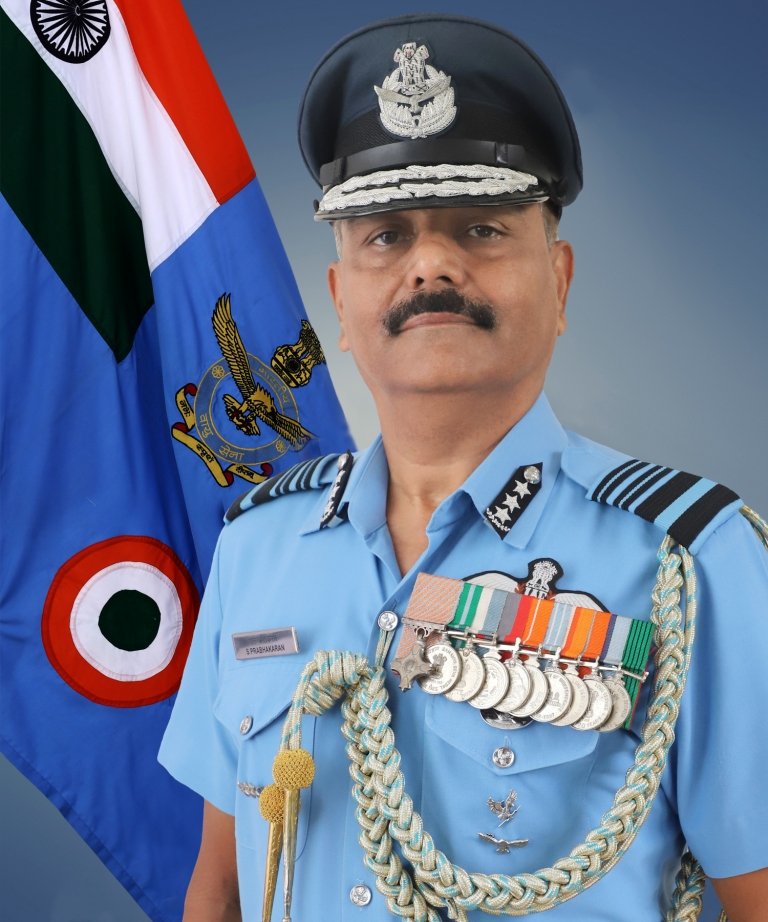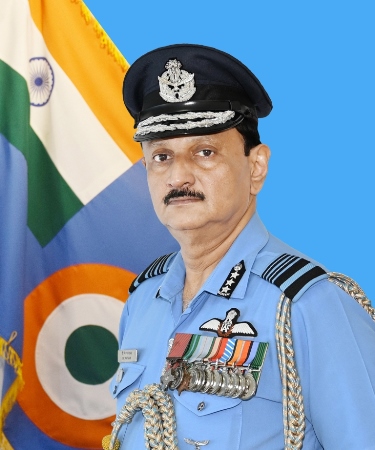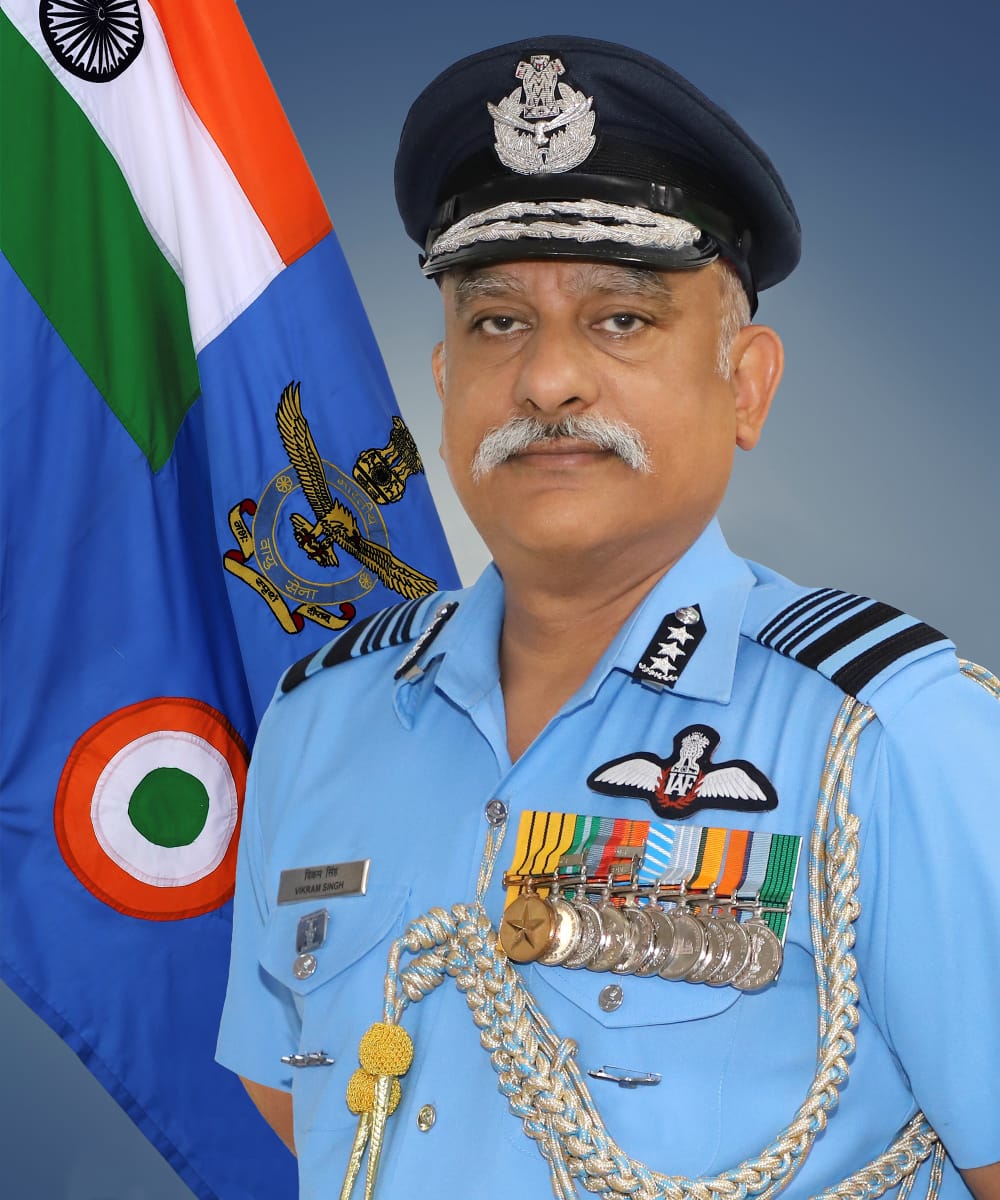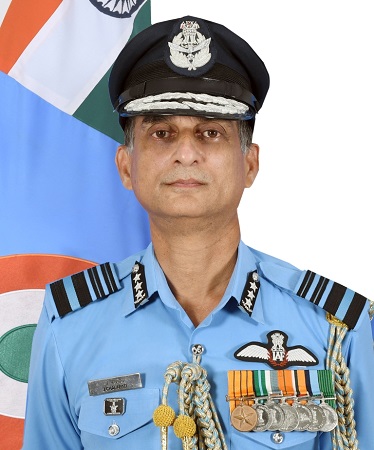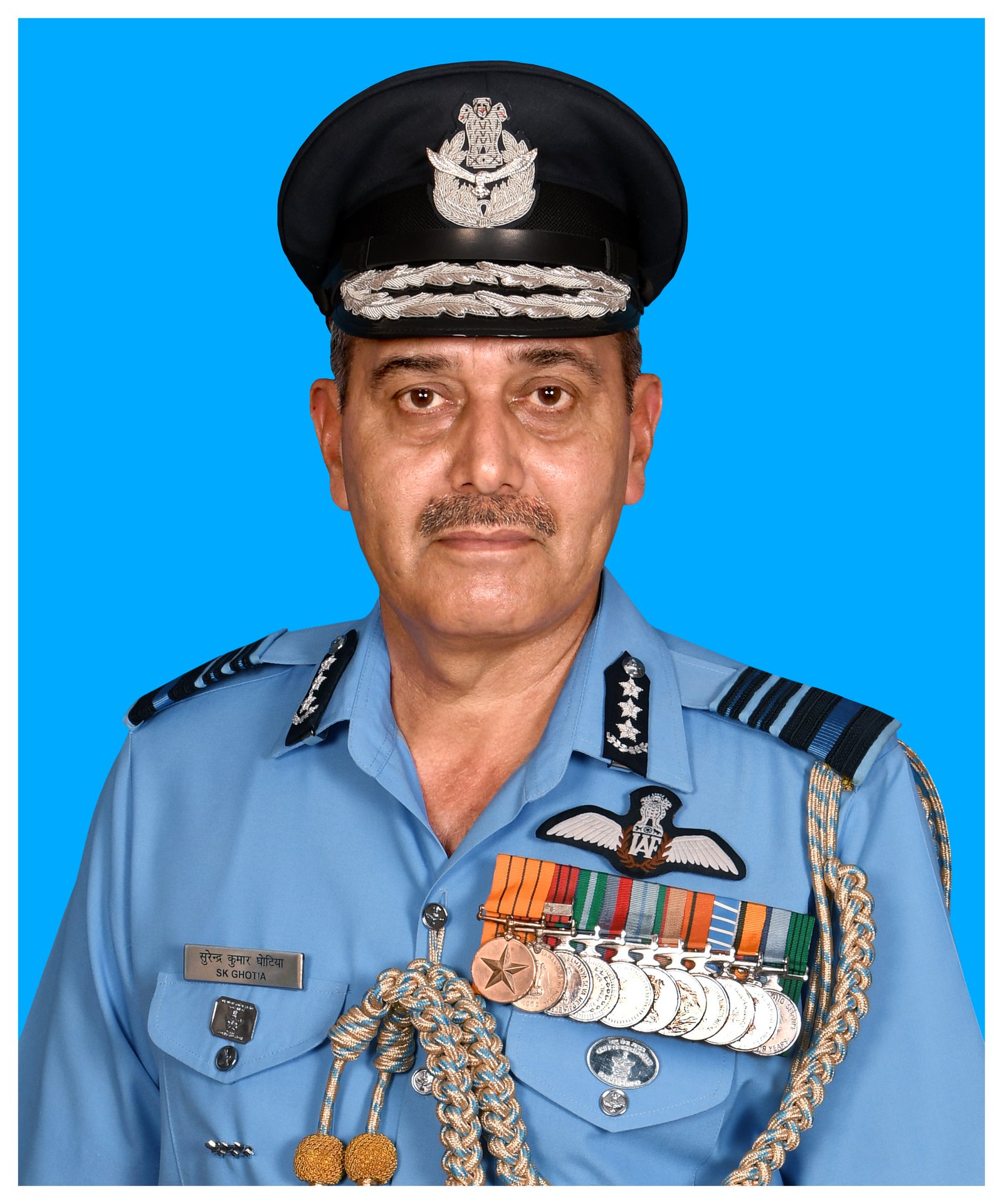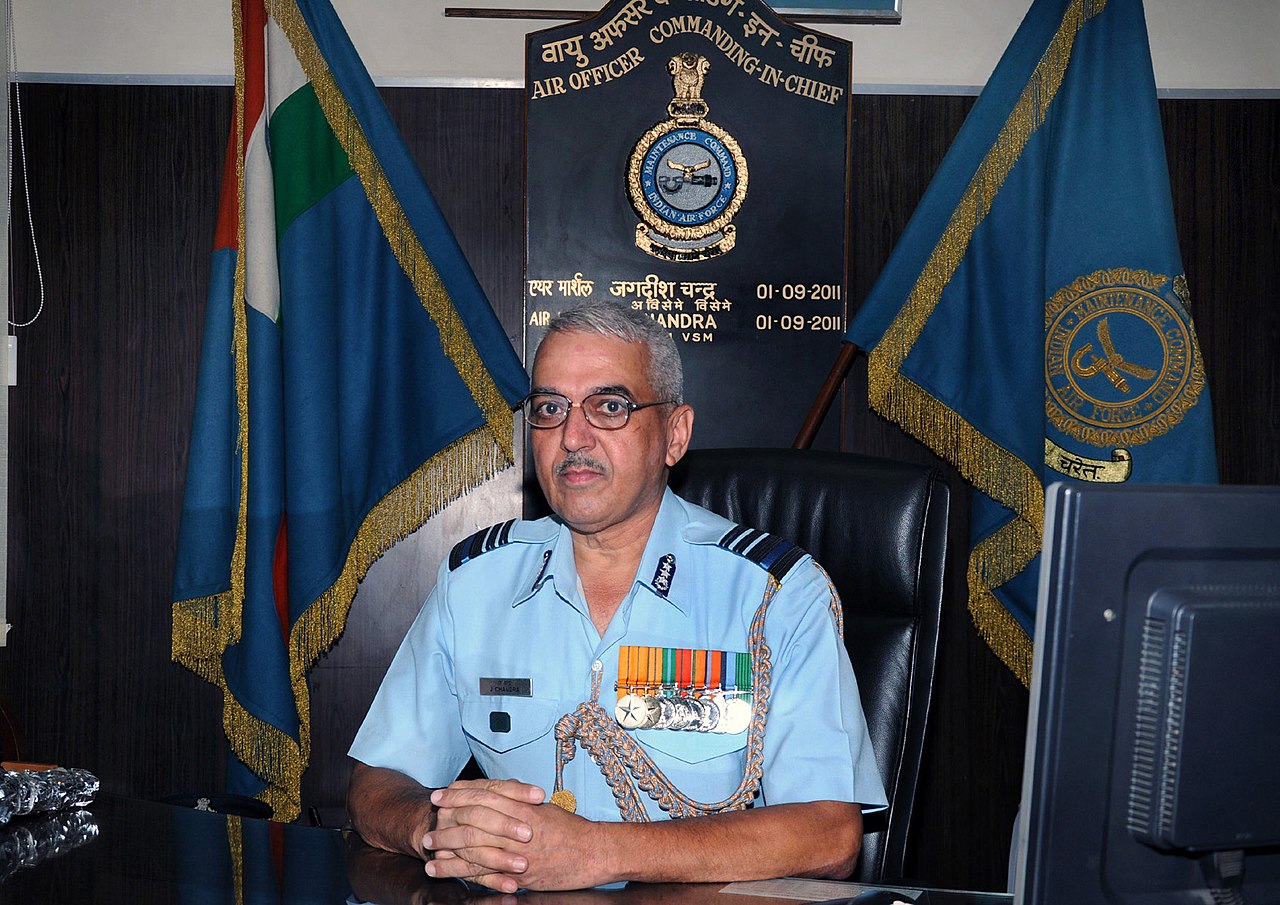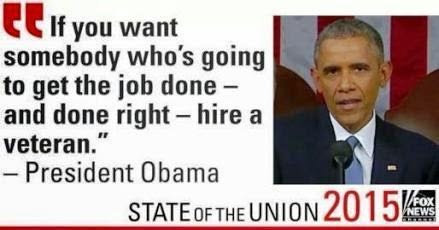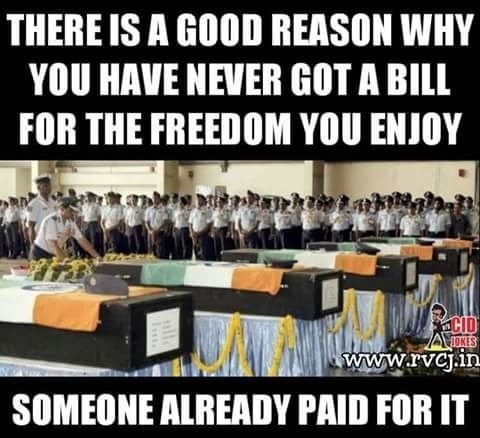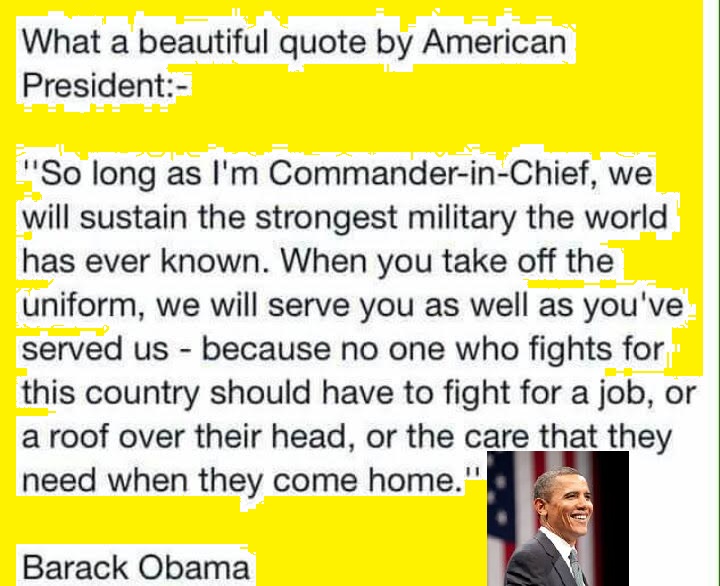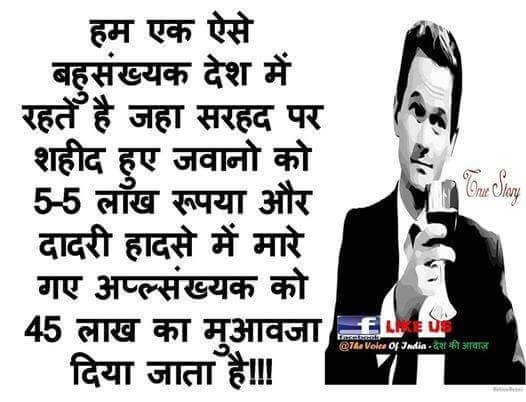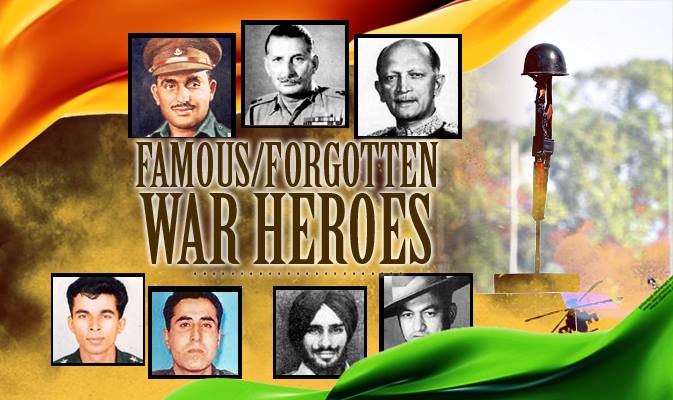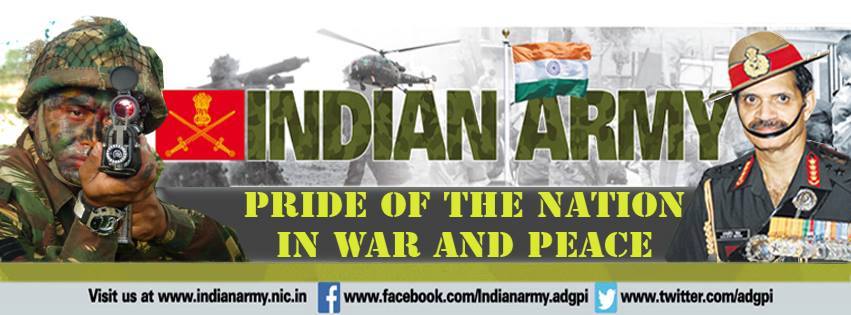At the very outset, I have to enter this caveat, because it is the right and proper thing to do, and also because the protagonist in this essay would want me to do it.
I have had the pleasure of knowing Air Chief Marshal SP Tyagi (Retd), the former IAF chief (CAS) for about 11 years. During this period, ever since we held out our hands of friendship to each other, I have developed a distinct liking for this air warrior and he has reciprocated in full measure. At our very first meeting, he introduced himself as “Bundle” or “Shashi”. Either would do.
That is how it has been over the last decade. So, in this essay, he will be either the former CAS or SPT or either of the two names by which he is addressed by his friends.
I mentioned to SPT during our first interface that I had been his guest on a couple of occasions at the annual Air Force Day parade and fly-past. With some trepidation, I told him I admired a CAS who arrived at the function by doing a para-jump from a chopper.
He accepted my compliment with the usual understatement of our warriors, by telling us how he had butterflies in his stomach before he jumped from the helicopter.
When the Agusta storm broke out in early 2013, and Bundle was sought to be incriminated, I contacted him and told him how sorry I felt for him. Like the typical soldier that he is, he said he had absolutely no doubt that his name would be cleared and his reputation restored.
He casually asked me whether I would go through some papers he had and requested me to assess the picture for him. Some of the documents were in Italian and had to be translated into English, a task I requested a friend of mine in Europe to do. As I went through the documents, I was convinced that my air warrior friend was being unfairly targeted, set up and framed.
I wrote a piece for the lay reader and it was published in early April 2013. Even some of his former comrades told me that it had helped clear their nagging doubts and unease about the entire issue Therein lies the tragedy in an episode like this. It takes just one accusation and a lifetime’s reputation and honour lie in tatters.
The sad part is that the IAF top brass at that point of time and their counterparts in the other two services did nothing tangible to extend a helping hand to their former comrade. It is, of course, possible that they took up cudgels in private, but we will never know for sure.
For many decades, the higher echelons in the Indian armed forces have not displayed any noticeable spine in any of their confrontations with the netas and babus.
The relevant points that needed to be understood at that juncture (March-April 2013) were the following. The Government of India (GOI) had ordered a CBI investigation into this matter primarily on the basis of information provided by the Italian government. The CBI, with an admirable promptness not usually displayed in most of its other cases, filed a Preliminary Enquiry (PE) against SPT, some cousins of his and some other persons.
Under the provisions of the Delhi Special Police Establishment Act 1946, that governs the CBI, the PE is the first step in any investigation process. The PE was soon converted into a regular FIR. I ventured to write in my 2013 essay that “not a single bureaucrat in the Ministry of Defence (MOD) or other branches of the GOI has been charged. Neither has any politician been investigated or charged”.
This sad travesty continues even now. The difference is that the ante has been upped and so have the decibels in the public debates (or what passes for them). The political atmosphere has become surcharged, with the usual suspects screaming to high heavens on the idiot box.
While Bundle displays his usual sangfroid and dignity in the course of his rounds of interrogation by the CBI sleuths, I am left wondering about the ghosts that are lurking just off-stage.
The country’s investigating agencies are fully entitled to scrutinise the acts of commission or omission of a CAS, former or present, and it is my duty to emphasise this point unequivocally. However, there is something glaringly wrong when the bureaucrats and politicians, who played pivotal roles in the entire saga and whose footprints are clearly traceable, get away scot-free.
The many powerful eminence-grises and the shadowy oligarchs, who showed a clean pair of heels in this instance, include people like the former Defence Secretary and current Comptroller and Auditor General (CAG), Shashi Kant Sharma, former National Security Advisor (NSA) M.K. Narayanan (later West Bengal Governor), former SPG Chief B.V. Wanchoo (later Governor of Goa), and former Defence Secretary Ajai Vikram Singh.
There were other relatively junior functionaries, including an Audit & Accounts Services officer of Joint Secretary rank, who was sent on a highly sought-after deputation to the UN by Sharma after the latter had become CAG.
Admittedly, all these are grey areas, but the issue is why these people have not been investigated and probed. Surely, the rules of transparency and probity would require that everyone who may have played a role in the commission of an offence must be put under the scanner and investigated with the same rigour as others.
This is the stage to summarise the critical stages of decision making. These facts and the time table are all in the public domain and have not been challenged.
- In March 2005, the operational height requirement for the helicopters was reduced from 6 km to 4.5 km, although this had been rejected earlier by the IAF. This meeting was chaired by the then NSA Narayanan, and attended by the Director SPG and the Dy Chief of the IAF. SPT was not present. This decision was incorporated in the Operational Requirements (ORs) of the tender. A week later, SPT approved the ORs finalised at the earlier meeting and this was forwarded to the top Defence Ministry civilian babu in charge of acquisitions.
- In May 2005, Defence Secretary Ajai Singh chaired a meeting where again SPT was not present. Shashi Kant Sharma, then JS (Air), was. All ORs were discussed, including increasing the cabin height.
- Thereafter, the ORs were locked in October 2005, after the number of helicopters to be ordered was increased from 8 to 12 for so-called security reasons. Again Shashi Tyagi was not present, but Sharma was. The MOD finally issued the request for proposals (RFP) in September 2006 to six companies, out of which only three, including Agusta-Westland (AW), responded.
- Interestingly, the ORs of September 2006 were cleverly tweaked to increase the internal cabin height and this made the French Eurocopter ineligible to compete in the contract, although it could have done so earlier. This is another mystery that needs to be looked into and the instigators for this need to be identified.
- One of the bidders, a Russian company, withdrew, leaving only AW and the American Sikorsky in the arena. This is now late 2007; Bundle had hung up his boots and his flying overalls on 31st March.
- Interestingly, the field trials took place in Europe and this is another rip-off. The elementary rule for field trials is that they should be conducted in the terrain and climate of the purchasing country that will use the hardware.
- The AW chopper was still under development; therefore, the trials were conducted on representative planes and not the actual plane! Reportedly, SPG top honcho BV Wanchoo went to Europe to participate in the trials.
- The final icing on the cake was when the MOD (read the GOI) increased the order number from 8 to 12 in February 2010, with a resultant increase in the contract price to US$770 million. The gravy train was finally rolling. Bundle was already in his happy golfing grounds for three years by then.
- The acquisition price per chopper agreed to by India worked out to slightly more than $64 million. This was highway robbery in the classic sense. Even a schoolboy would say that the persons responsible for this Indian bonanza to Italy must be investigated.
Even though SPT was not around, there were some familiar faces still ruling the corridors of power in South Block.
A key bureaucrat one can’t ignore is Shashi Kant Sharma (SKS), now the CAG. A Bihar-cadre IAS official, SKS came to the MOD in 2003 as Jt. Secretary (Air), a stint that lasted till 2007. He moved up to Additional Secretary and finally Defence Secretary in July 2011. SKS was around during all the high-profile incidents that rocked the country in the next two years. From managing the date of birth controversy of the then Army Chief, General VK Singh, to the infamous “coup” incident, to the Gorshkov acquisition and the dissolution of the Army’s Technical Services Division, SKS was in the thick of it.
One does not have to hold a brief for Tyagi to note that one man could not have tweaked the Agusta deal all on his own. The investigative agencies can surely check Tyagi’s involvement, but can they afford to presume everyone else is squeaky clean?
Jay Bhattacharjee
Jay Bhattacharjee is a policy and corporate affairs analyst based in Delhi.



